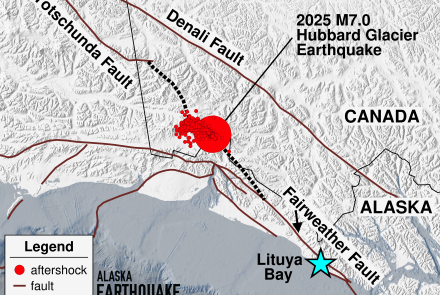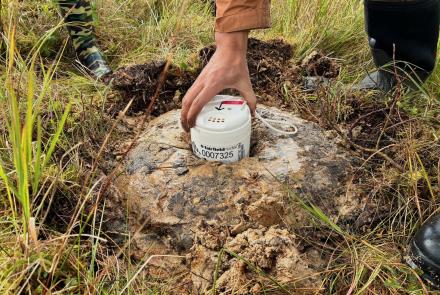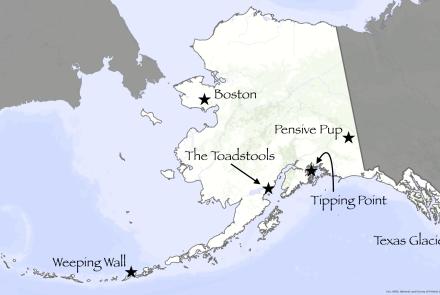Insight into Auroral Sounds?
There can be no doubt that some people hear swishing or crackling sounds accompanying bright auroral displays. Usually the reports indicate that the aurora is directly overhead and fast-moving when the sounds are heard.
Since the aurora is at high altitude where the air is too thin to effectively transmit sound waves to the ground, it is certain that no audible sound is produced by the aurora itself. One possibility is that electric fields produced on or near the ground surface by the aurora are somehow causing audible sound.
Another suggestion is that the sounds are a form of self-delusion. The idea here is that one is so used to fast-moving objects also making sound that he or she assumes the fast-moving aurora makes a sound and thereby 'hears' a sound. Yet another idea is that there is perhaps no real sound but that electromagnetic fields produced by the aurora might create the sensation of sound within a person's nervous system.
Recently, Dr. Juan G. Roederer, Director of the Geophysical Institute, has made another suggestion of how people might hear aurora. Dr. Roederer's suggestion comes out of his broad background that includes study of the physics of the brain and the nervous system.
He points out that in the brain there is provision for mixing of signals from the different senses prior to conscious perception of those signals. Thus it may be possible for a signal coming from the eyes to be interpreted as having originated in the ears. (Recall that a sharp blow on the head sometimes causes an apparent bitter taste in the mouth.)
One test of the signal mixing hypothesis suggested by Roederer is for observers of auroral sound to close their eyes to see if the sounds go away, a requirement of this hypothesis.




